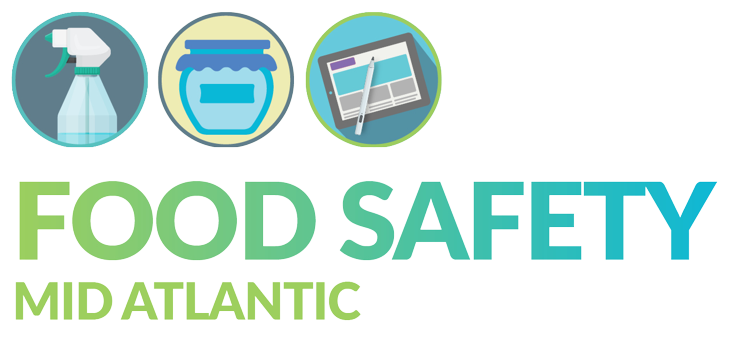
There is nothing as exciting, or nerve-wracking, for a small food business than being ready for expansion. Making the move from a home kitchen to a commercial space or from the farmers market to wholesaling to grocery stores is an occasion worth celebrating.
However, without proper food safety plans in place, the celebration can quickly turn into a headache. You may not pass inspection or sign a contract with a wholesaler without a complete HACCP plan or Food Safety Plan.
HACCP and food safety plans are a necessary part of the process to ensure that you are keeping food safe at all stages of the production process. Determining which plan to create and what to include depends on what type of food product you are producing.
Defining HACCP and Food Safety Plans
HACCP stands for Hazard Analysis and Critical Control Points and the principles surrounding HACCP have been around since the 1960s. The FDA expanded on these principles when they wrote the rules for Food Safety Plans based around the Food Safety Modernization Act (FSMA). If you have a HACCP plan, it can be part of your FSMA Food Safety Plan.
Whether you follow a HACCP plan and have critical control points or if you follow an FDA food safety plan with preventive controls, the end point is the same: making your product safer for your consumer.
Both HACCP plans and Food Safety plans are food safety management tools and knowing which plan to use just depends on what you’re producing.
Federal Regulations require HACCP plans in three distinct situations and are required:
- If you make a product containing meat or poultry which is inspected by USDA;
- If you make a juice; and
- If you make a product containing seafood.
All other products, which come under FDA jurisdiction, require a food safety plan.
Characteristics of HACCP Plans and Food Safety Plans
There are a lot more similarities than differences between these plans.
Both types of plan expect you to have prerequisite programs in place that define how you will follow the guidelines of Good Manufacturing Practices put forth by the FDA.
Both plans use scientific information to investigate what the hazards of your product are, how to control them, and to show that your food safety plan is working to reduce hazards.
Both consider three types of potential hazard and how to control them during processing.
The three hazards are biological, chemical and physical:
- Biological hazards are the pathogens that can cause foodborne illness. They include bacteria, viruses, parasites, and molds.
- Chemical hazards are chemicals that can make their way into the food product including cleaning agents, pesticides, and allergens.
- Physical hazards are physical objects that can end up in the food product including glass, plastic, jewelry, fish bones, and pieces of metal.
As a food producer, you must monitor the steps that remove the hazards and keep records of doing so. FSMA food safety plans also expect you to list and monitor steps that reduce or control hazards. So there is one difference.
FSMA food safety plans require you to have a recall plan, and permit you to control your hazards through sanitation controls, supply chain controls, and/or processing controls. HACCP plans only use processing controls to remove hazards and don’t require a recall plan, even though it is important for all food manufacturers to have one.
With a strong HACCP or Food Safety Plan in place, your business will grow and expand while ensuring that the food you produce is as hazard free as possible. Don’t let confusion over regulations slow you down or stop your progress. Schedule a free consultation today to get started on a customized food safety plan.
